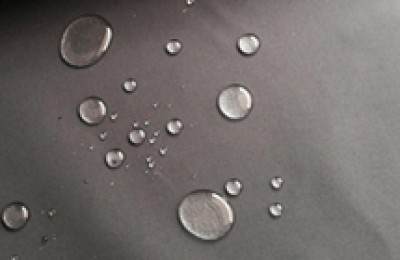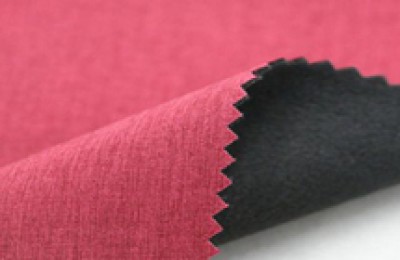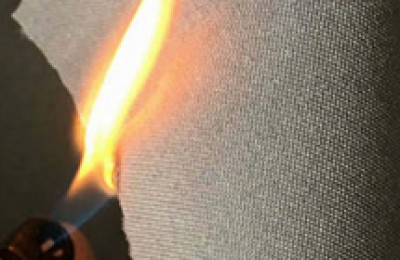There are mainly 7 ways for textile factories to improve their production processes. You can refer to them!
01 Eliminate quality inspection and rework
If product quality starts from the product design, Until the entire product is manufactured from the assembly line, the quality of every link can be 100% guaranteed, so quality inspection and rework naturally become superfluous.
Therefore, the idea of ”error protection” must be implemented throughout the entire production process to ensure that each product can only be processed in strict accordance with the correct method, thereby avoiding possible occurrences in the production process. mistake.
The main thing to eliminate the phenomenon of rework is to reduce the generation of waste products, pay close attention to the various phenomena that produce waste products (such as equipment, staff, materials and operating methods, etc.), find out the root causes, and then solve it completely.
02 Eliminate unnecessary movement of parts
In a workshop organized according to process specialization, Parts are often moved among several workshops, resulting in long production lines, long production cycles, and high production costs.
By changing this unreasonable layout, the equipment required to produce products is arranged according to the processing sequence and made as compact as possible, which will help shorten the transportation route and eliminate Eliminate unnecessary movement of parts and unreasonable movement of materials, saving production time.
03 Eliminate Inventory
Inventory will cover up many problems in production and will also breed worker anxiety. Inert, and worse yet, tie up a lot of capital. An effective measure to reduce inventory is to change “batch production and queuing supply” to “single-piece production process.”
In the single-piece production process, basically only one production part flows between each process, and the entire production process always keeps flowing as the single-piece production process proceeds.
04 Reasonable arrangement of production plans
From the perspective of production management, a balanced production plan is the most effective To maximize the efficiency of the production system, work plans and staff must be reasonably arranged to avoid the workload of a process being too high at one time and too low at the other.
05 Reduce production preparation time
The general approach to reducing production preparation time is to carefully and meticulously Make all preparatory activities before starting the machine to eliminate various hidden dangers that may occur during the production process.
① Distinguish which factors are internal; which are external factors;
② Try to change internal factors into external ones as much as possible Factors;
③ Use industrial engineering methods to improve technology, streamline all internal and external factors that affect production preparation, and improve efficiency.
06 Eliminating downtime
Eliminating downtime is of great significance to maintaining continuous production because continuous production In the process, there is little inventory between the two processes. If the machine breaks down, the entire production line will be paralyzed.
The most powerful measure to eliminate downtime is comprehensive production maintenance, which includes four basic maintenance methods: routine maintenance, predictive maintenance, preventive maintenance and immediate maintenance.
07 Improving labor utilization
Improving labor utilization includes two aspects. One is to improve Direct labor utilization, and the second is to improve indirect labor utilization.
The key to improving direct labor utilization is to cross-train operators so that one person can be responsible for the operation of multiple machines so that operators on the production line can adapt to any situation on the production line. Type of work.
Cross-training gives workers great flexibility to coordinate and deal with abnormal problems in the production process.
Indirect labor utilization mainly eliminates indirect labor.
From the perspective of the product value chain, the human and material resources consumed in inventory, inspection, rework and other links cannot increase the value of the product, so these labors are usually considered indirect Labor, if indirect activities that cannot add value are eliminated in the product value chain,
then the indirect costs caused by these indirect activities will be significantly reduced, and the labor utilization rate will be improved accordingly. Measures that are conducive to increasing direct labor utilization can also increase indirect labor rates.
How does your textile factory optimize the production process? </p








